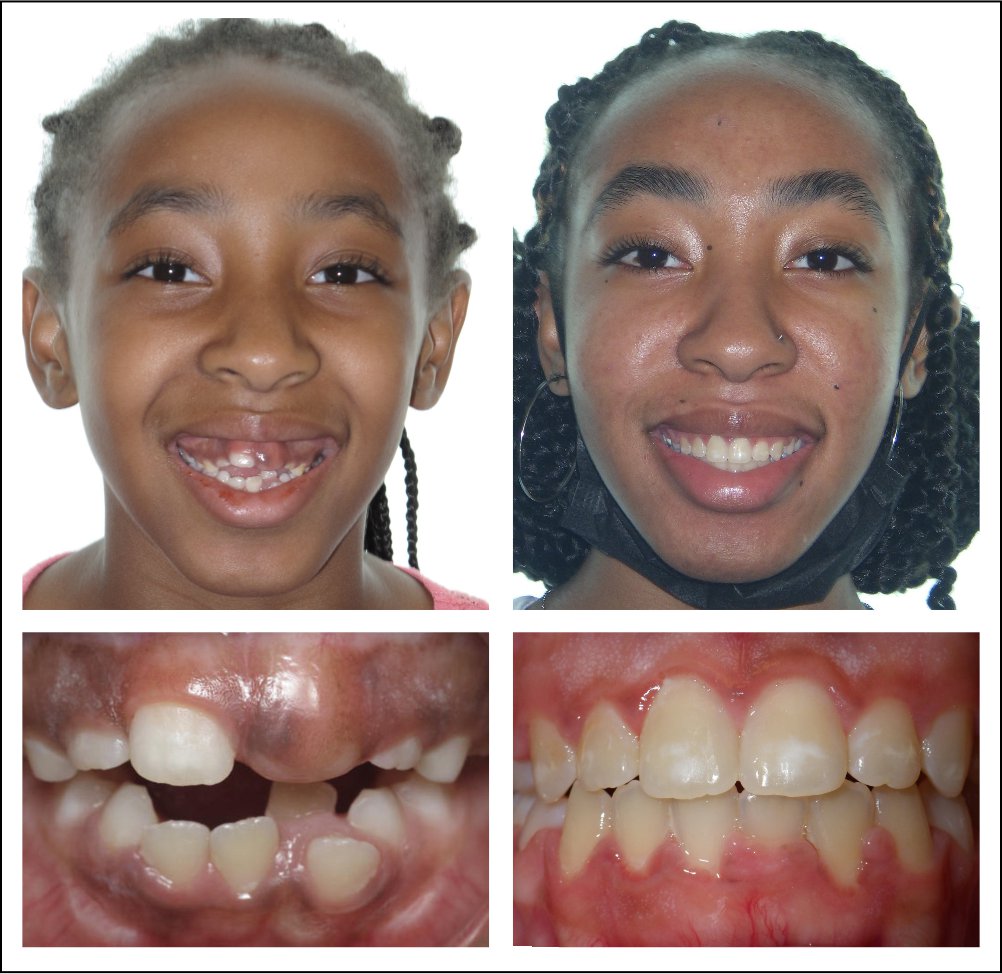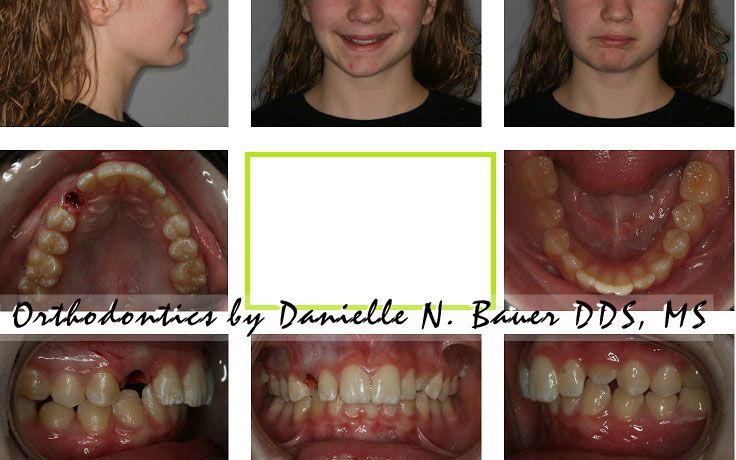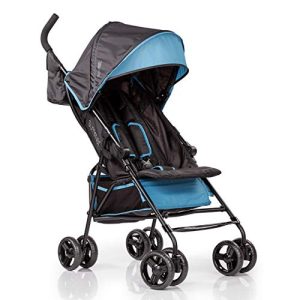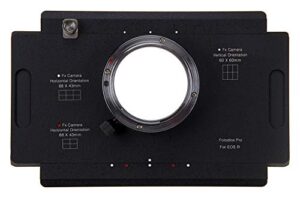Contents
If you’ve ever wondered about the magic behind transforming smiles, look no further than the remarkable Herbst Appliance. With its revolutionary technology, this appliance has the power to enhance, reshape, and create stunning before and after results. Whether you’re seeking to correct an overbite, align your teeth, or improve your overall smile, the Herbst Appliance is here to work its wonders. Brace yourself for a journey of transformation as we explore the incredible before and after stories of individuals who have experienced the life-changing effects of this remarkable dental innovation.
What is the Herbst Appliance?
The Herbst Appliance is a type of orthodontic appliance used to correct jaw and bite alignment issues. It is commonly used in orthodontic treatment for patients who have an overbite or underbite. The Herbst Appliance is designed to stimulate proper growth and development of the jaws, ultimately helping to achieve a more balanced and harmonious smile.
Definition of the Herbst Appliance
The Herbst Appliance is a fixed appliance that is typically made of metal. It consists of two metal framework pieces connected to the upper and lower teeth by bands or brackets. The upper framework is attached to the upper molars, while the lower framework is attached to the lower molars. These frameworks are then connected together with a hinge, which allows the lower jaw to be moved forward into a more ideal position.
How the Herbst Appliance works
The Herbst Appliance works by encouraging the lower jaw to grow forward and catch up with the upper jaw. This helps to improve the overall alignment of the teeth and jaws. By applying continuous pressure on the lower jaw, the Herbst Appliance stimulates bone growth and encourages the jaw to adapt to a more favorable position. As a result, the Herbst Appliance helps to correct the underlying skeletal issues that contribute to a misaligned bite.
Candidates for the Herbst Appliance
Evaluation of jaw relationship
Before recommending the Herbst Appliance, orthodontists evaluate the relationship between the upper and lower jaws. Candidates for the Herbst Appliance often have an overbite or underbite, where the lower jaw is positioned too far back or too far forward in relation to the upper jaw. This assessment helps determine if the Herbst Appliance is an appropriate treatment option to correct the jaw misalignment.
Assessment of tooth alignment
In addition to evaluating the jaw relationship, orthodontists also assess the alignment of the teeth. The Herbst Appliance is often used in conjunction with braces or other orthodontic appliances to address both jaw and tooth alignment issues. Orthodontic records, including X-rays and dental impressions, are taken to aid in the assessment and treatment planning process.
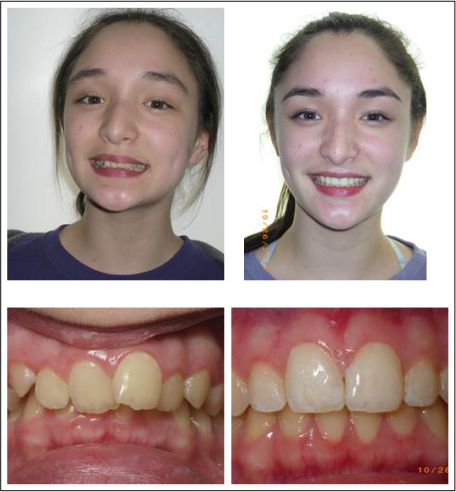
Before Treatment
Initial dental exam
Before beginning treatment with the Herbst Appliance, an initial dental examination is conducted. This includes a thorough examination of the teeth, gums, and jaws. The orthodontist will assess the overall oral health, identify any existing dental issues, and determine if any pre-treatment procedures are necessary.
Orthodontic records
Orthodontic records are an essential part of the treatment planning process. These records typically include X-rays, dental impressions, and photographs. X-rays provide detailed information about the position and structure of the teeth and jaws, while dental impressions help create accurate models for the fabrication of the Herbst Appliance. Photographs serve as a visual reference to track the progress of treatment.
Discussion of treatment plan
Once the initial dental exam and orthodontic records are complete, the orthodontist will discuss the treatment plan with the patient. This includes explaining the role of the Herbst Appliance, the estimated duration of treatment, and the expected outcomes. The orthodontist will also address any concerns or questions the patient may have, ensuring clear communication and understanding before proceeding with the installation of the appliance.
Installing the Herbst Appliance
Taking dental impressions
To fabricate a customized Herbst Appliance, dental impressions of the upper and lower jaws are taken. This involves biting into a soft material that hardens into a mold of the teeth. These impressions provide the necessary information for designing an appliance that fits precisely to the patient’s unique dental anatomy.
Custom fabrication of the Herbst Appliance
Once the dental impressions are taken, the orthodontist sends them to a dental laboratory, where skilled technicians use them to fabricate the Herbst Appliance. Each appliance is individually crafted to meet the specific needs of the patient, ensuring a comfortable fit and optimal effectiveness.
Fitting and adjustment of the appliance
After the Herbst Appliance is constructed, the patient returns to the orthodontist’s office for the fitting and adjustment of the appliance. The orthodontist carefully positions the upper and lower frameworks onto the corresponding teeth and makes any necessary adjustments to ensure proper fit and functionality. The patient is also provided with instructions on how to care for and maintain the appliance during the treatment period.
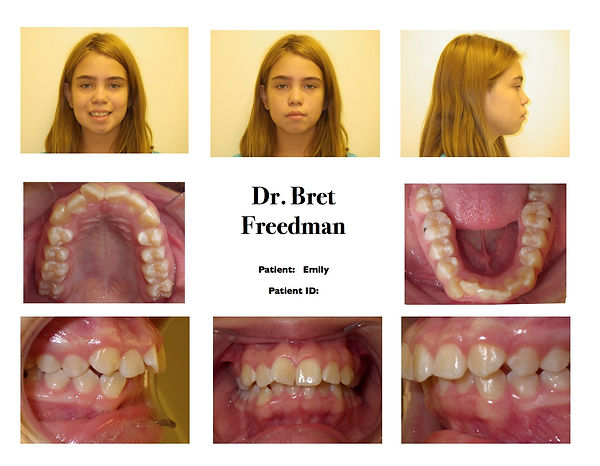
The First Few Weeks
Adjusting to the Herbst Appliance
The initial period of wearing the Herbst Appliance may require some adjustment. The patient may experience soreness or discomfort in the jaw or teeth as the appliance begins to exert pressure to encourage proper jaw alignment. It is important to follow the orthodontist’s instructions regarding diet and oral hygiene during this adjustment period.
Monitoring progress
Throughout the first few weeks of treatment, regular visits to the orthodontist’s office are scheduled to monitor the progress of the Herbst Appliance. These appointments allow the orthodontist to assess the patient’s response to the appliance, make any necessary adjustments, and ensure that treatment is progressing as planned.
Potential discomfort and how to alleviate it
It is common to experience some discomfort after the installation of the Herbst Appliance. This may include soreness or tenderness in the jaw or teeth. Over-the-counter pain relievers, such as acetaminophen or ibuprofen, can help alleviate any discomfort. Applying a warm compress to the affected area may also provide temporary relief. It is important to consult with the orthodontist if the discomfort persists or worsens.
Mid-Treatment Evaluation
Assessment of jaw position
At the mid-treatment evaluation, the orthodontist assesses the position of the jaws to determine how well they are responding to the Herbst Appliance. X-rays or other imaging techniques may be used to evaluate the progress and make any necessary adjustments to the treatment plan. This evaluation serves as an opportunity to ensure that the treatment is on track and make any modifications if needed.
Evaluation of tooth movement
In addition to evaluating jaw position, the mid-treatment evaluation also includes an assessment of tooth movement. The orthodontist examines how the teeth are aligning and ensures that they are moving into the desired positions. If any modifications or adjustments are required, they can be made at this stage to keep the treatment progressing smoothly.
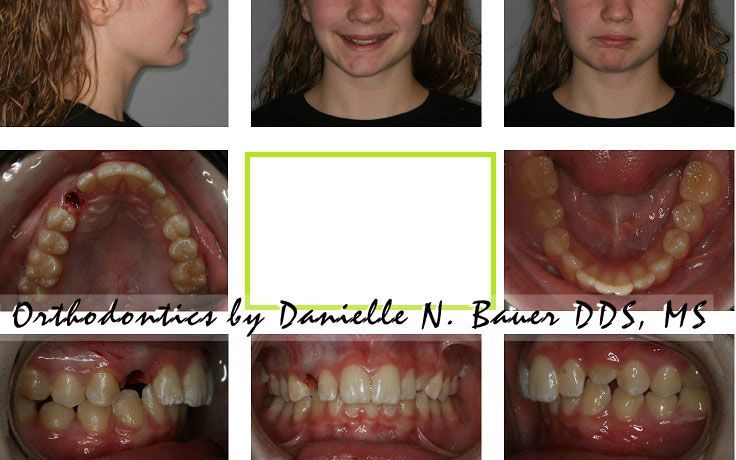
Treatment Progress
Orthodontic adjustments
As treatment with the Herbst Appliance progresses, regular orthodontic adjustments are necessary to ensure continued progress. These adjustments may involve tightening or loosening the appliance, interchanging orthodontic bands, or making other modifications based on the treatment plan. The orthodontist closely monitors the progress of the treatment and makes the necessary adjustments at each appointment.
Changing orthodontic bands
Orthodontic bands are an essential component of the Herbst Appliance. Throughout the course of treatment, these bands may need to be changed at certain intervals to ensure optimal functionality. The orthodontist replaces the bands and ensures that they are securely in place to continue guiding the movement and alignment of the jaws and teeth.
Observation of bite correction
One of the main goals of the Herbst Appliance is to correct the bite alignment. The orthodontist carefully observes the bite relationship as the treatment progresses. Over time, the appliance helps to achieve a more balanced and harmonious bite, improving overall oral function and aesthetics.
Final Stages of Treatment
Removal of the Herbst Appliance
Once the desired results are achieved, the orthodontist will remove the Herbst Appliance. This is typically done in a straightforward procedure that does not require anesthesia. The removal process is relatively quick and painless, and it marks the transition to the next phase of treatment.
Placement of retainers
After the Herbst Appliance is removed, the orthodontist may recommend the use of retainers to maintain the achieved results. Retainers are custom-made appliances that help stabilize the teeth and prevent them from shifting back to their original positions. They are typically worn full-time initially, and then the wearing schedule may be gradually reduced according to the orthodontist’s instructions.
Instructions for retainer wear
To ensure the long-term stability of the results, it is crucial to follow the orthodontist’s instructions regarding retainer wear. This typically involves wearing the retainers as prescribed, cleaning them properly, and storing them in a protective case when not in use. Regular check-ups with the orthodontist are also important to monitor any changes and make adjustments to the retention plan if necessary.
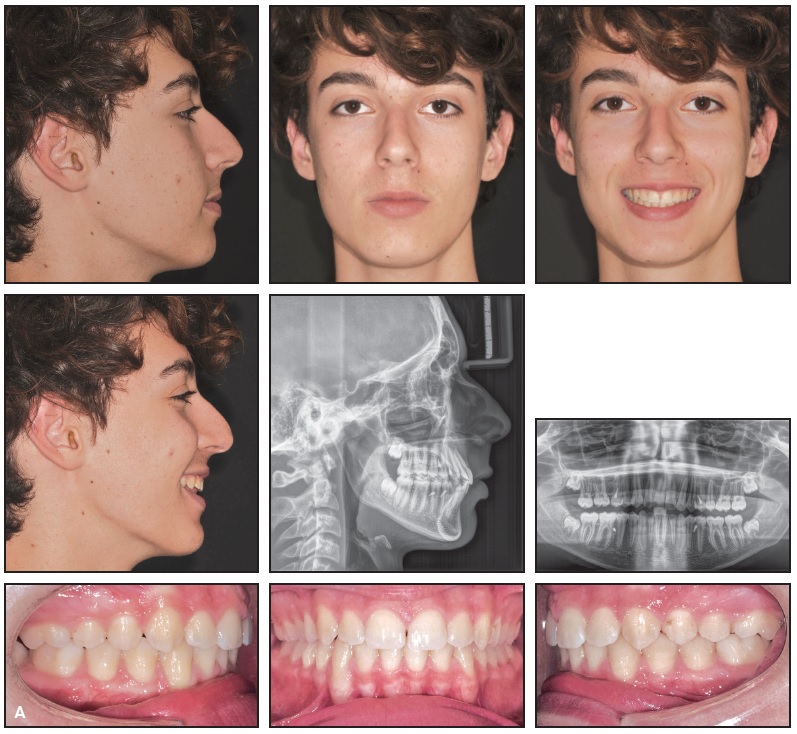
After Treatment
Post-treatment evaluation
After the completion of treatment with the Herbst Appliance, a post-treatment evaluation is conducted. The orthodontist assesses the final results, including the alignment of the teeth and the position of the jaws. This evaluation helps ensure the treatment goals have been achieved and provides an opportunity to address any remaining concerns or considerations.
Maintenance of treatment results
To maintain the treatment results achieved with the Herbst Appliance, it is essential to maintain good oral hygiene practices and follow the orthodontist’s instructions regarding retainer wear. Regular brushing, flossing, and dental check-ups are essential to keep the teeth and gums healthy, as well as to prevent any relapse or shifting of the teeth.
Importance of regular dental check-ups
Regular dental check-ups are crucial for maintaining overall oral health, even after treatment with the Herbst Appliance. These check-ups allow the dentist to monitor any changes or issues that may arise and provide timely interventions if necessary. It is important to schedule regular visits and communicate any concerns or questions to the dental professional.
Conclusion
In summary, the Herbst Appliance plays a significant role in transforming smiles by correcting jaw and bite alignment issues. Its ability to guide the growth and development of the jaws helps achieve a more balanced and harmonious smile. Through careful evaluation, personalized treatment planning, and diligent follow-up, the Herbst Appliance has proven to be an effective orthodontic tool in achieving optimal orthodontic results. By adhering to the treatment plan, following post-treatment instructions, and maintaining regular dental check-ups, patients can enjoy the benefits of a transformed smile for years to come.
